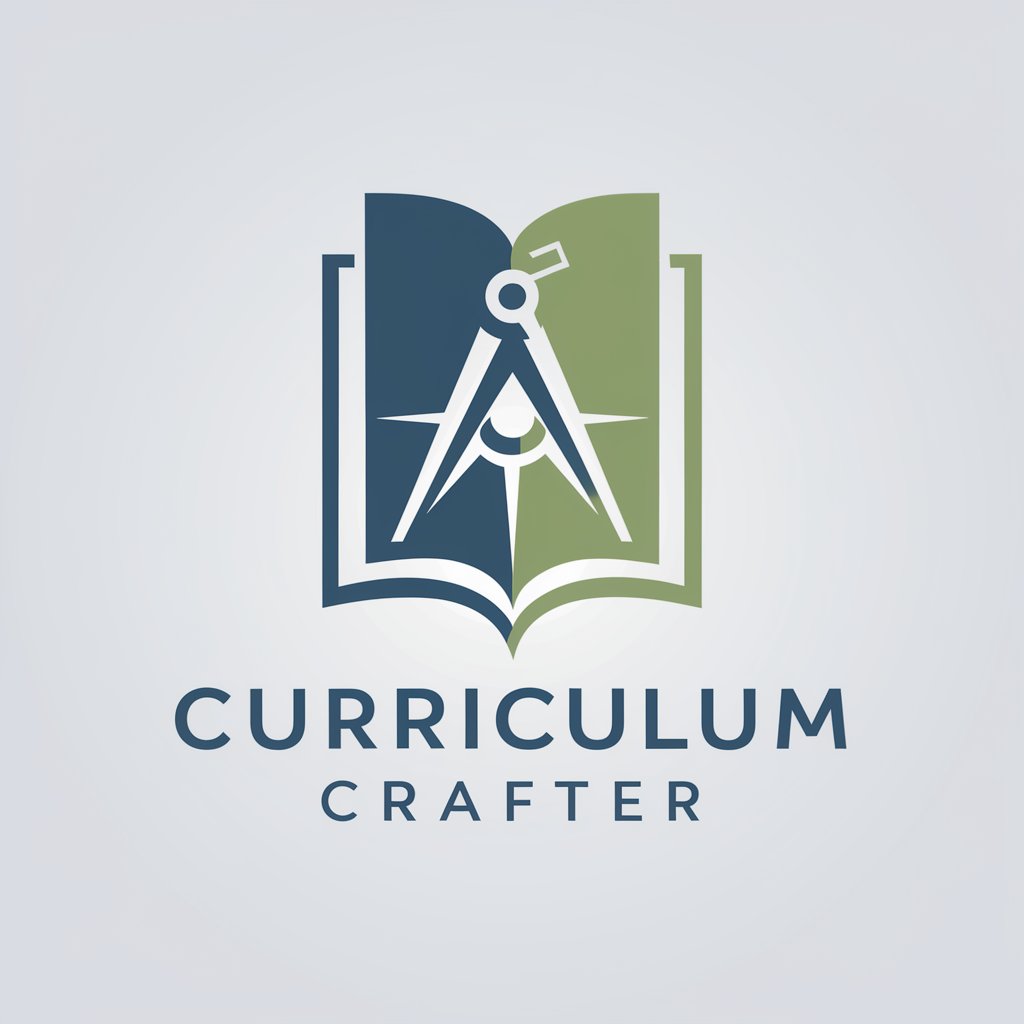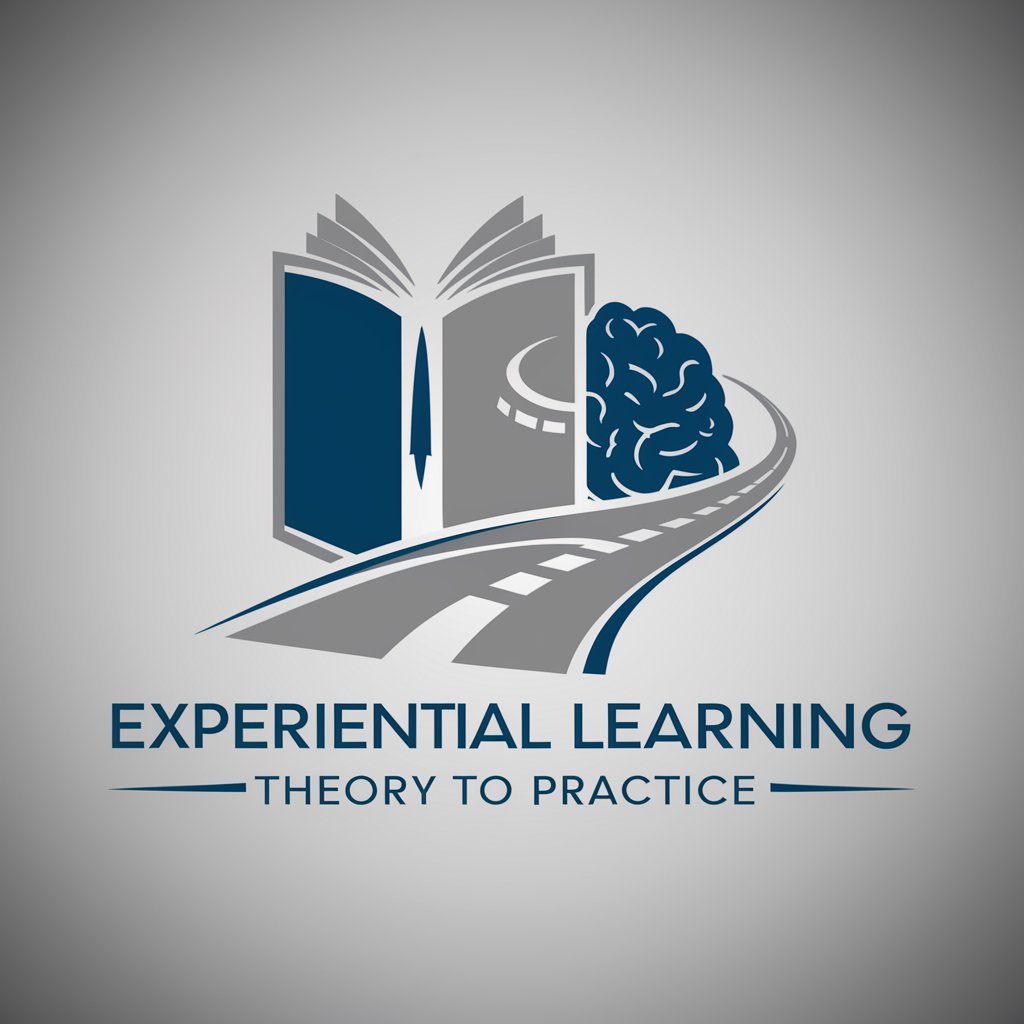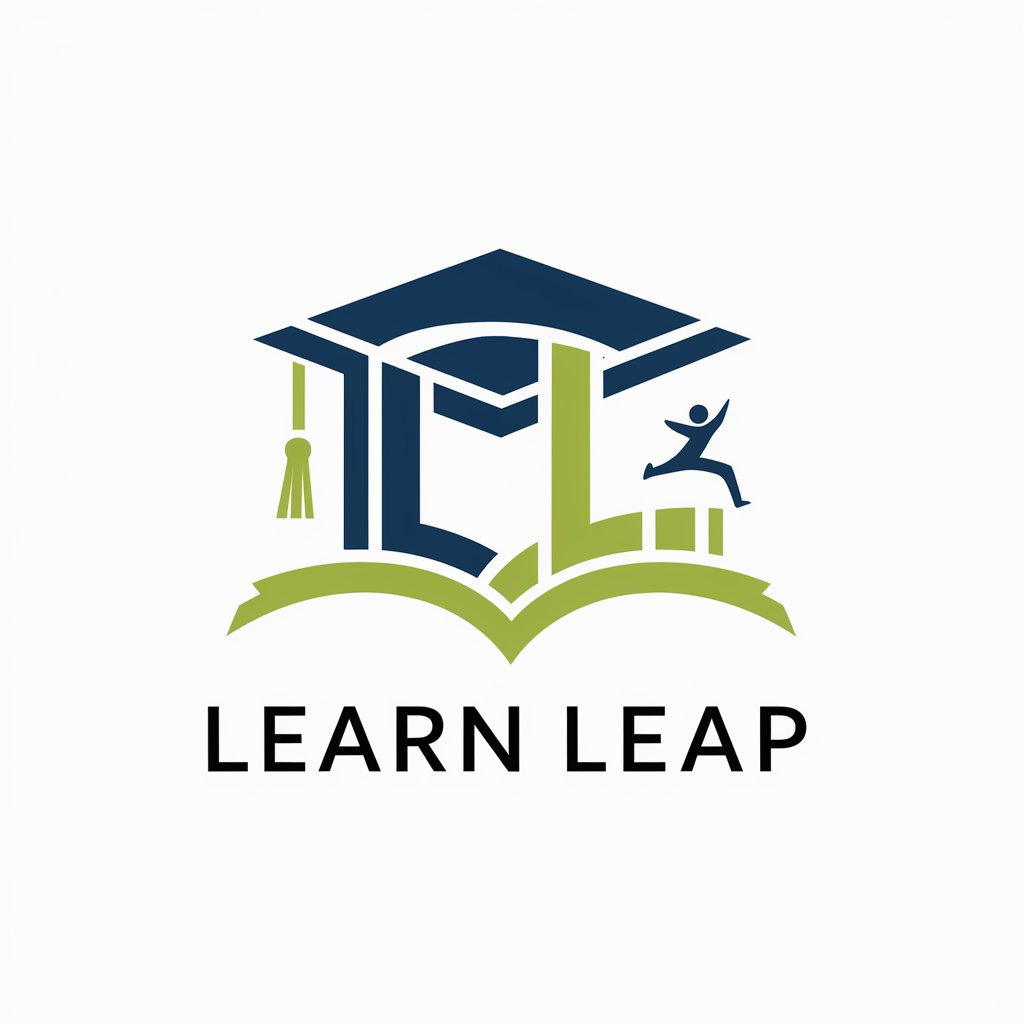
Place-Based Learning - Community-Centric Learning
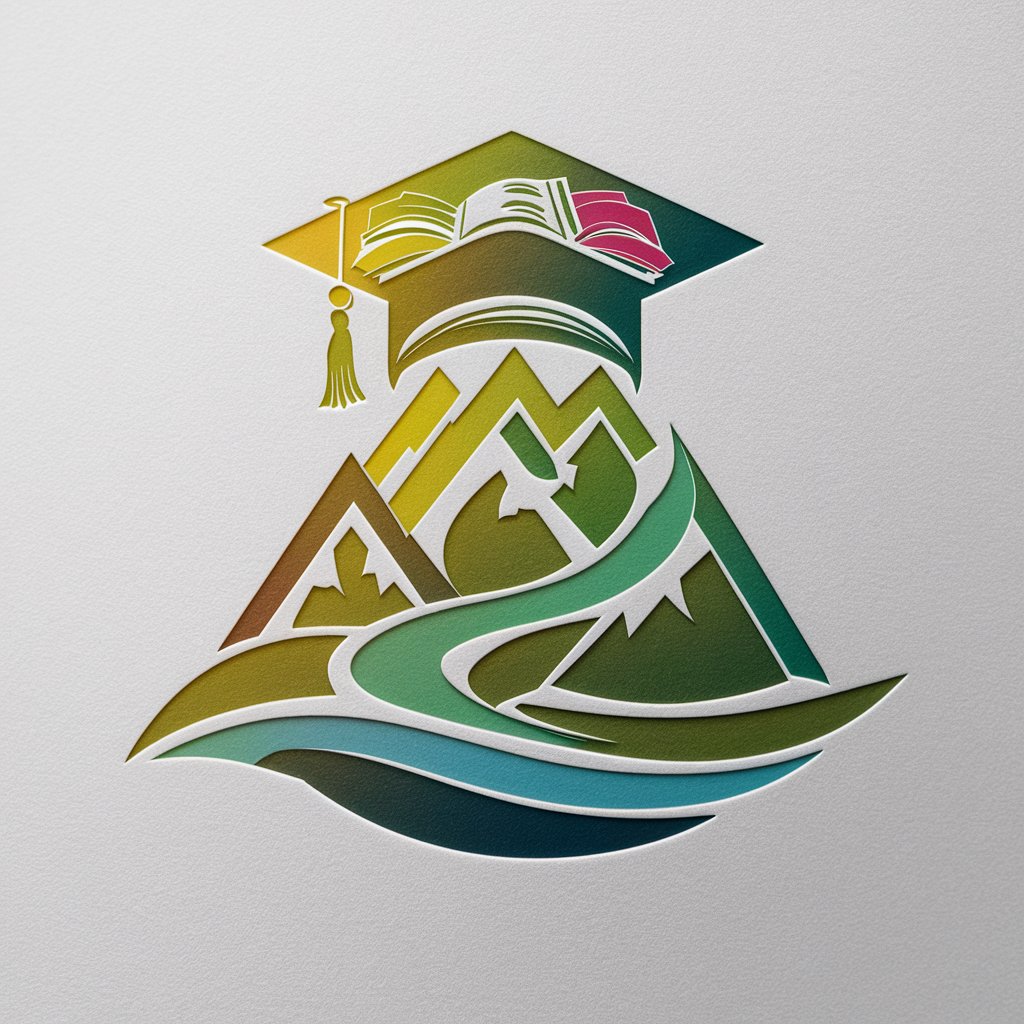
Welcome to engaging, real-world learning adventures!
Connect learning with the local environment, powered by AI.
Design a place-based learning project for kindergarten students in a local park...
Create an inquiry-led project for high school students focusing on the history of their town...
Develop a community service learning project for middle school students involving local businesses...
Plan a field trip for elementary students that integrates science and social studies at a nearby nature reserve...
Get Embed Code
Introduction to Place-Based Learning
Place-Based Learning (PBL) is a pedagogical approach that connects learning and community to the local environment, emphasizing hands-on, real-world learning experiences. This approach aims to increase academic achievement, help students develop stronger ties to their community, enhance students’ appreciation for the natural world, and create a heightened commitment to serving as active, contributing citizens. By using the local community and environment as starting points, PBL teaches concepts across various subjects, including language arts, mathematics, social studies, and science, among others. An example of PBL in action is students conducting water quality tests in local streams to learn about ecology while contributing to the community's understanding of environmental health. Powered by ChatGPT-4o。

Main Functions of Place-Based Learning
Community Engagement
Example
Students partner with local organizations to address real-world problems, such as collaborating with a local nonprofit to improve water systems in underserved neighborhoods.
Scenario
In a project aimed at environmental justice, students work alongside community members and experts to design and implement sustainable solutions, enhancing both their learning and the community's well-being.
Interdisciplinary Learning
Example
Learners engage in projects that require integrating knowledge from science, math, social studies, and language arts to create solutions for local environmental issues.
Scenario
For instance, a group of students investigates the impact of pollution on local wildlife, combining biology, chemistry, statistics, and writing skills to propose and present actionable conservation strategies.
Personalized and Relevant Learning
Example
Students choose projects based on personal interests or community needs, leading to personalized learning experiences that are relevant to their lives and futures.
Scenario
A student passionate about renewable energy develops a project to explore the feasibility of solar panels for the school, conducting research, engaging with local experts, and presenting findings to the school board.
Ideal Users of Place-Based Learning Services
Educators
Teachers and school administrators looking to enhance student engagement and achievement through experiential learning that connects classroom content with real-world applications.
Students
Learners of all ages who benefit from hands-on, experiential learning opportunities that make education relevant to their lives and the world around them.
Community Organizations
Local businesses, non-profits, and governmental organizations interested in partnering with schools to address community issues and foster a sense of stewardship and civic responsibility among students.

How to Use Place-Based Learning
Start with a Trial
Initiate by exploring yeschat.ai for an accessible trial, providing an opportunity to experiment with Place-Based Learning without the necessity for login or a subscription to ChatGPT Plus.
Identify the Learning Environment
Select a specific location within your community or local environment that can serve as the educational backdrop. This could range from urban parks to local businesses, or even historical sites.
Engage with the Community
Forge partnerships with local organizations, agencies, and businesses to enrich the learning experience with real-world insights and resources.
Design Interdisciplinary Projects
Create projects that not only adhere to the curriculum but also integrate local themes, systems, and content, making learning relevant and engaging for students.
Reflect and Adapt
After each learning experience, reflect on the outcomes with your students. Use these insights to adapt and improve future place-based learning projects.
Try other advanced and practical GPTs
Voice Coach
Elevate Your Voice with AI-Powered Coaching
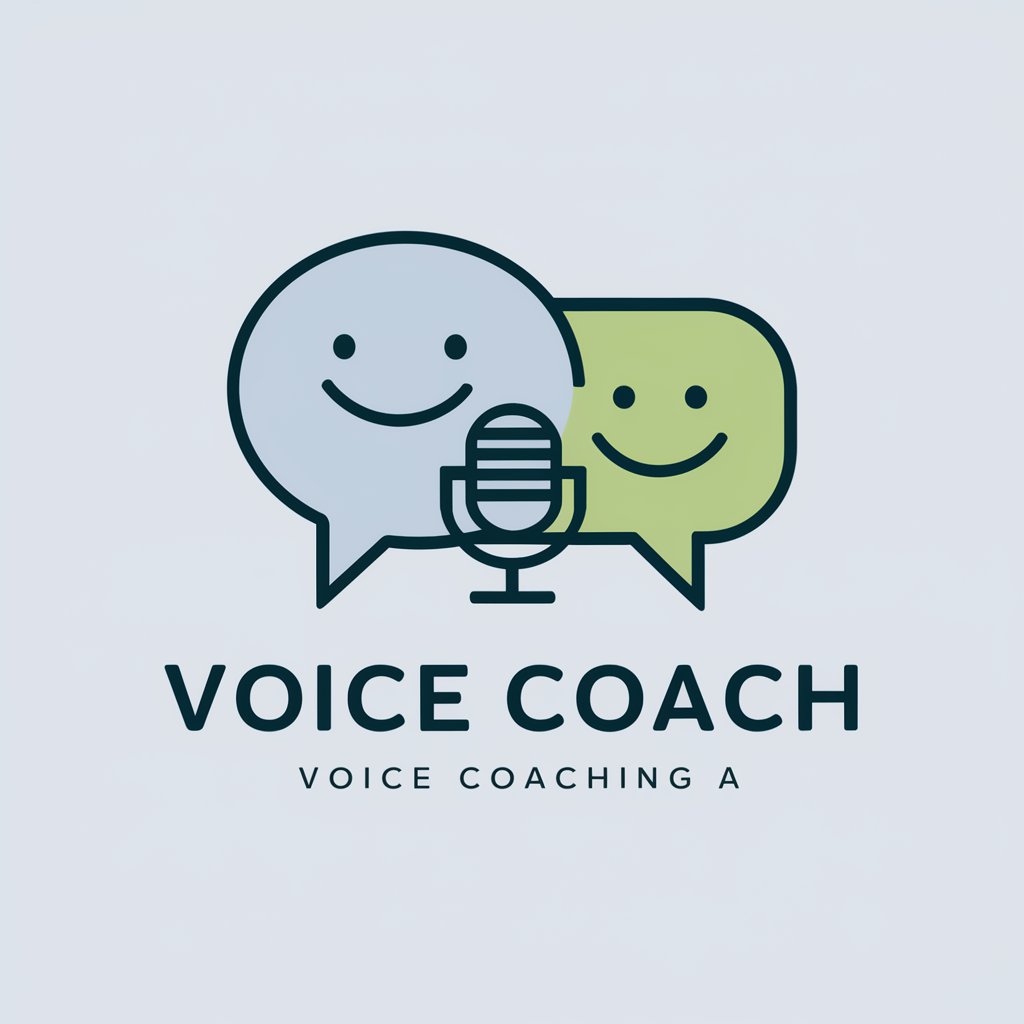
Voice Muse
Transform Text into Lifelike Speech
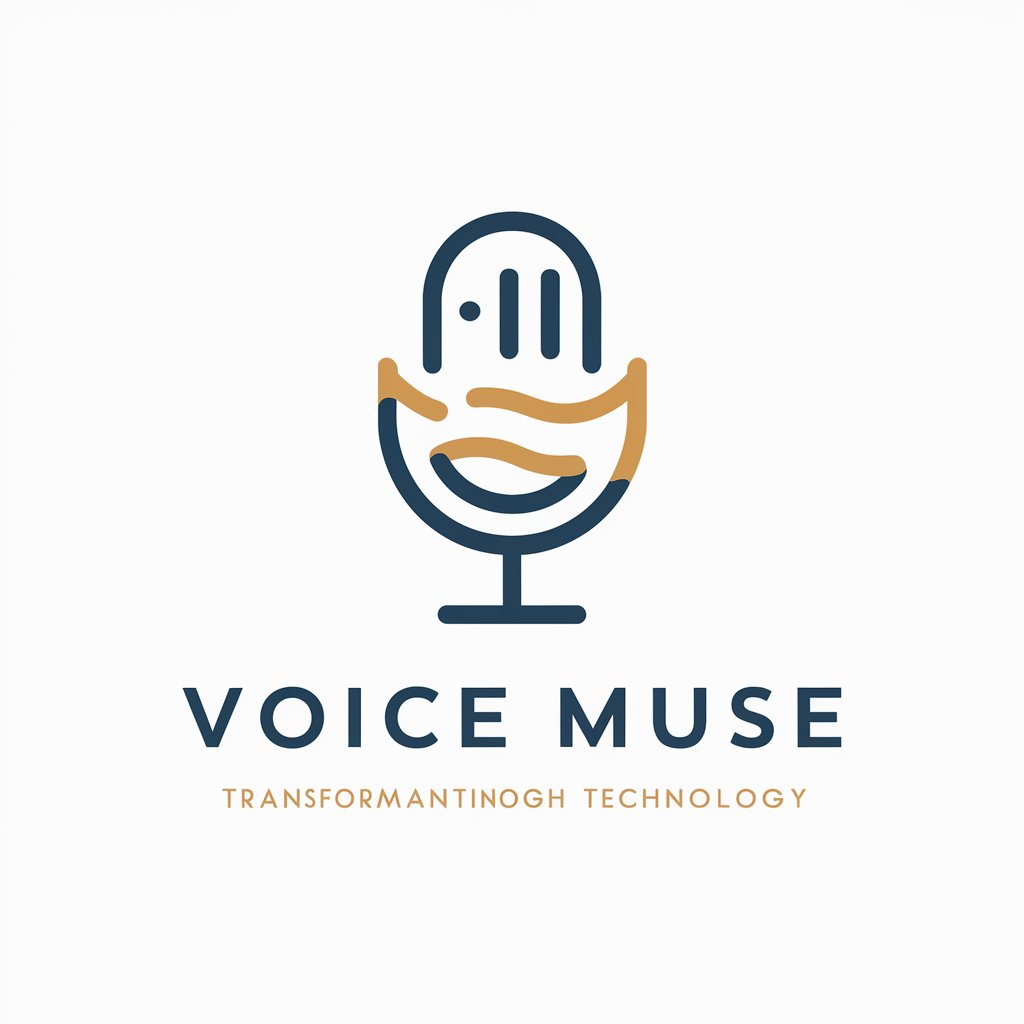
Voice Crafter
Crafting Dynamic Voices with AI

AI Stock Video Hunter - Find the Best Clips!
Discover the perfect clip with AI precision.

Stock Footage Metadata Generator
Elevate Your Stock Footage with AI

Film Maker's Assistant
Crafting Narratives, Elevating Films

Pandactions - Flights, Hotels & Cars
AI-powered travel booking made easy.

UK Law: SQE 1
Mastering UK Law with AI

AP Physics 1 Tutor
Empowering Physics Learning with AI

取名
Bridging Cultures with AI-Powered Communication

名言(Today's Quote)
Empower your day with AI-curated wisdom.

Game Guru
Unleash Your Game's Potential

Place-Based Learning Q&A
What is Place-Based Learning?
Place-Based Learning is an educational approach that uses the local community and environment as a starting point to teach various subjects, making learning more relevant, engaging, and impactful.
Why is community involvement important in Place-Based Learning?
Community involvement enriches the learning experience, providing students with real-world contexts and resources, and fosters a sense of responsibility towards their local environment and community.
Can Place-Based Learning be applied in urban settings?
Absolutely. Urban settings offer rich environments for Place-Based Learning, with their diverse communities, businesses, and historical sites providing numerous opportunities for engaging projects.
How does Place-Based Learning support interdisciplinary learning?
By integrating local themes and systems into the curriculum, students can explore subjects such as science, history, and art within a cohesive, real-world context, encouraging a deeper understanding across disciplines.
What are the benefits of Place-Based Learning?
Benefits include increased student engagement, deeper understanding of academic content, strengthened community ties, enhanced appreciation for the natural world, and the development of civic responsibility.
